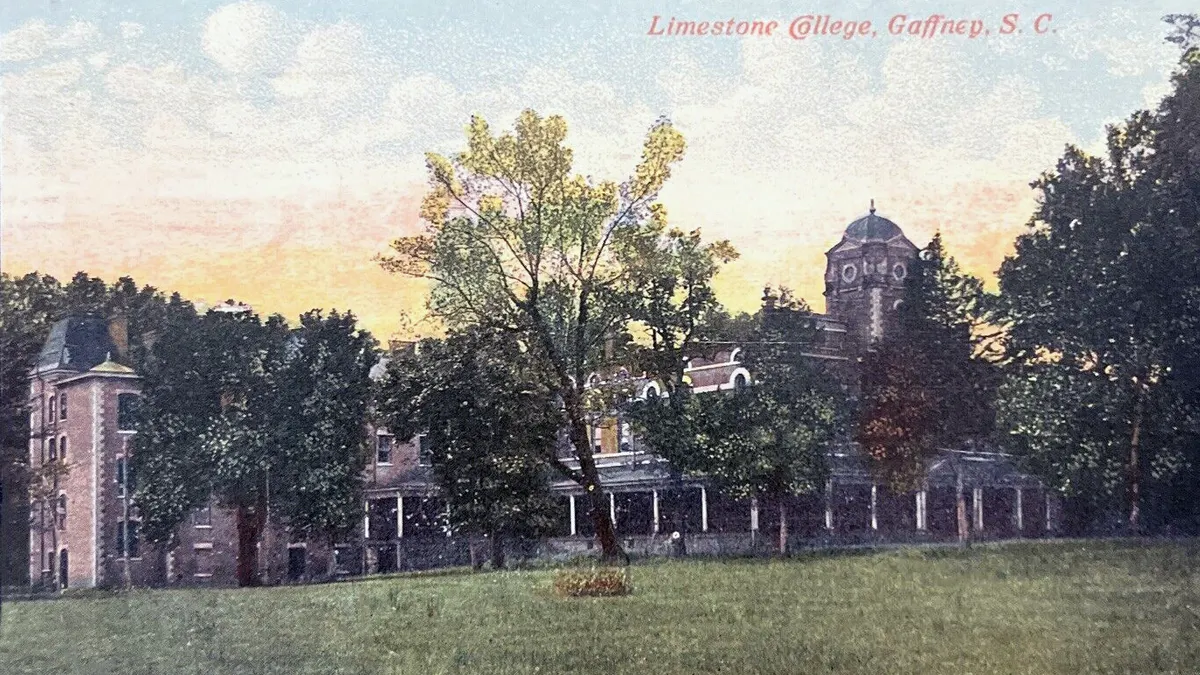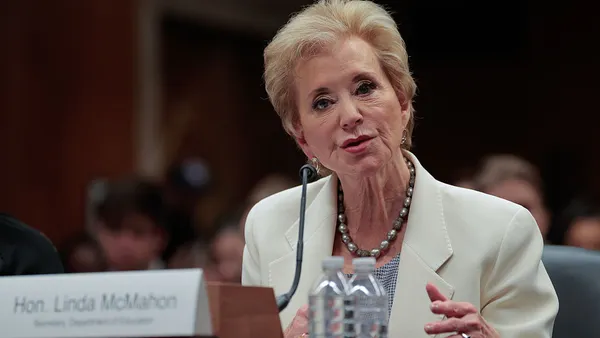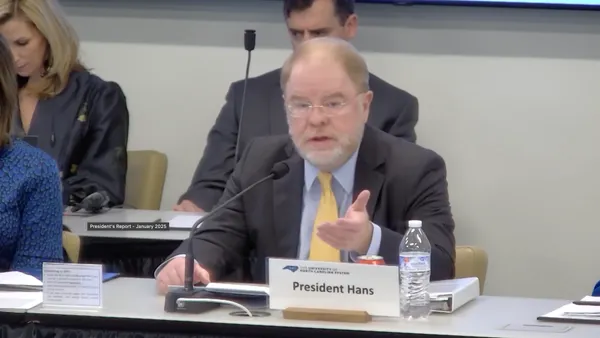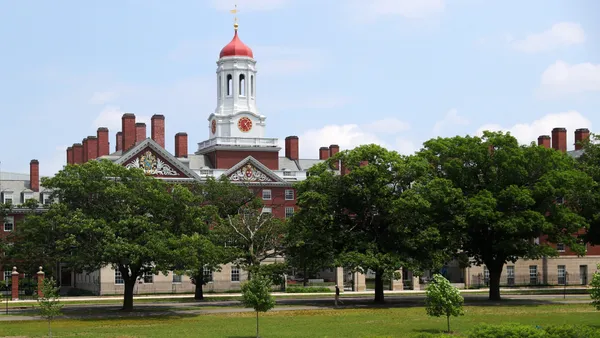Dive Brief:
- The top public colleges and universities in the U.S. are not equitably enrolling minority students, and that trend is creating "two separate and unequal" tracks in higher education, according to a new report from the Center on Education and the Workforce at Georgetown University.
- White students accounted for 54% of the college-age population in the U.S. in 2015 while holding 64% of seats in selective public colleges. Meanwhile, black students made up 15% of the college-age population and just 7% of students at selective colleges that year, while Latino students were 21% of the college-age population and 12% of students at select institutions. The figures represent a slight increase in access for minority students since 2005, though they have also grown as a share of the college-age population.
- States spend significantly more per student at selective public colleges than at open-access public institutions — in 15 states the amount is at least double the latter's state and local appropriations. However, as state higher ed funding declines, selective institutions have been able to rely more on tuition revenue, further widening the gap.
Dive Insight:
Other studies have reported similar results. The Hechinger Report earlier this year found more than one-third of states had at least a 10-percentage-point gap between the share of black public high school graduates in the Spring of 2015 and those in the freshman class of their flagship universities in the fall of that year. Eight states had a 20-point gap and at the University of Mississippi, it was 40 points. Three had a 31-point gap: the University of South Carolina, the University of Georgia and Louisiana State University.
Gaps for Latino students were also wide, with state flagship institutions in California, Texas, Nevada, Colorado and Arizona reporting differences ranging from more than 35 percentage points to more than 15 points.
In California, in particular, there is a "stark" difference between Latinos' share of the state's total population and of their enrollment at state flagship universities, The New York Times wrote in a profile of the newest addition to the state's university system, the University of California, Merced. While Latinos account for 21% of students at UCLA and around 13% of students at UC Berkeley, they are more than half of the student population at Merced. (Nine in 10 students at Merced are undergraduates.)
There are also signs that while American universities generally trumpet their efforts to recruit a diverse group of students, they often don't effectively assess their recruitment process or progress in doing so.
The backdrop to all of this is a current political and legal atmosphere in which affirmative action is actively being challenged in a high-profile case that legal scholars say could reach the conservative-majority Supreme Court. Meanwhile, the Trump administration has rolled back Obama-era guidance encouraging race-conscious admissions and is actively investigating colleges and universities that use the policy.










